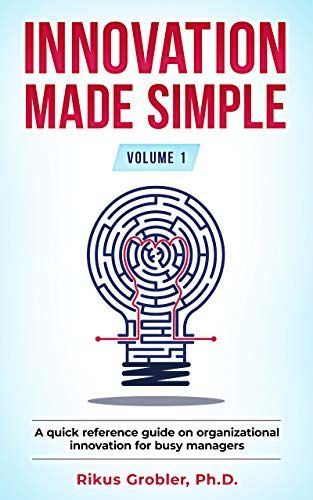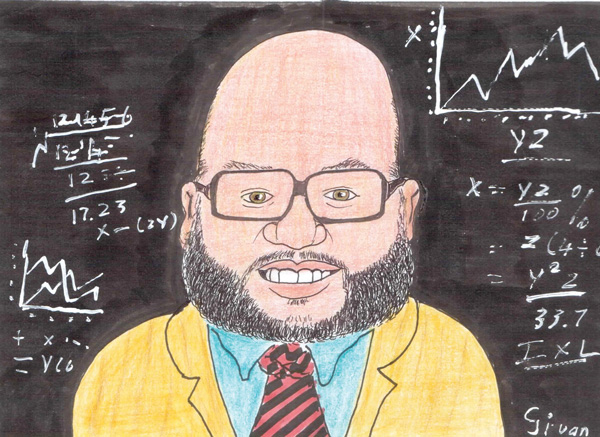
Crowdsourcing – there is a whole crowd of people out there to help you solve problems

By Rikus Grobler, www.nis.co.na, [email protected].
I am reviewing innovation methodologies. There are many different ways organisations can innovate, and each of the many methods has its strengths and weaknesses. Therefore, a discussion of the prominent innovation methodologies will add value for the readers when they have to make decisions about which innovation methodology (or methodologies) will best suit their organisations and circumstances.
In the previous delivery, I covered Open Innovation (OI). To recap, OI means a situation where an organisation doesn’t just rely on their internal knowledge, sources and resources for innovation, but also uses multiple external sources (such as customer feedback, published patents, competitors, external agencies, the public, etc.) to drive innovation. Continuing with the theme of Open Innovation, with this delivery, I want to look at crowdsourcing, which is also a form of OI.
Crowdsourcing for innovation
Wired magazine writer Jeff Howe coined the term “crowdsourcing” in a famous Wired story, ‘The rise of Crowdsourcing’ in June 2006. Howe’s definition for the term is: “Crowdsourcing is the act of taking a job traditionally performed by a designated agent (usually an employee) and outsourcing it to an undefined, generally large group of people in the form of an open call.”
You will notice that the definition does not contain the word “innovation.” That is because crowdsourcing is not only a “tool” for innovation through which companies can get outside ideas and input into their technologies and products, crowdsourcing techniques can also be applied for other purposes like opinion seeking, content creation, design competitions, and data collection.
Let me give you one example. Waze is a community-based GPS traffic and navigation app. Their users, which has grown to over 90 million around the globe, report real-time traffic and road information, like police cars, accidents, road hazards, and traffic jams. All of this crowdsourced information (i.e., data collection) allows users to help each other reach their destinations promptly and safely.
Hence, there are different meanings attached to the term “crowdsourcing,” but in the context of this article, I am explicitly referring to crowdsourcing for solution finding, i.e., where you use the crowd to solve a complex problem or generate creative ideas.
The value proposition of crowdsourcing in this context is straightforward. I have always advocated that creative thinking is a team sport and that the adage of “two heads are better than one” applies explicitly to coming up with solutions to problems. Linus Pauling (rated as the 16th most important scientist in history and winner of two Nobel prizes) famously said: “If you want to have good ideas, you must have many ideas.”
In brief, the process works like this: A business posts a challenge on the Internet, the “crowd” is recruited to work on the challenge, the crowd organises itself into teams, the teams compete to provide the best answer for challenge, the business picks the solution they prefer, and the winning team is compensated.
Let me give an example of this form of crowdsourcing, once again solving traffic problems. With the Cairo Transport App Challenge, citizens of Cairo were asked to design solutions to a number of problems related to traffic congestion and safety as part of an open innovation competition. The winner was Beliaa, an app that automatically sends GPS data to the nearest road assistance centres when cars break down.
Next Time
I am a big fan of crowdsourcing, and with the next delivery, I will go into more detail on the technology used to drive crowdsourcing campaigns and how to design crowdsourcing campaigns that work.
I conclude with another one of my favourite quotes from Linus Pauling: “Satisfaction of one’s curiosity is one of the greatest sources of happiness in life.”
Click on the thumbnail below to order Dr Grobler’s e-book on Innovation from Amazon.












































